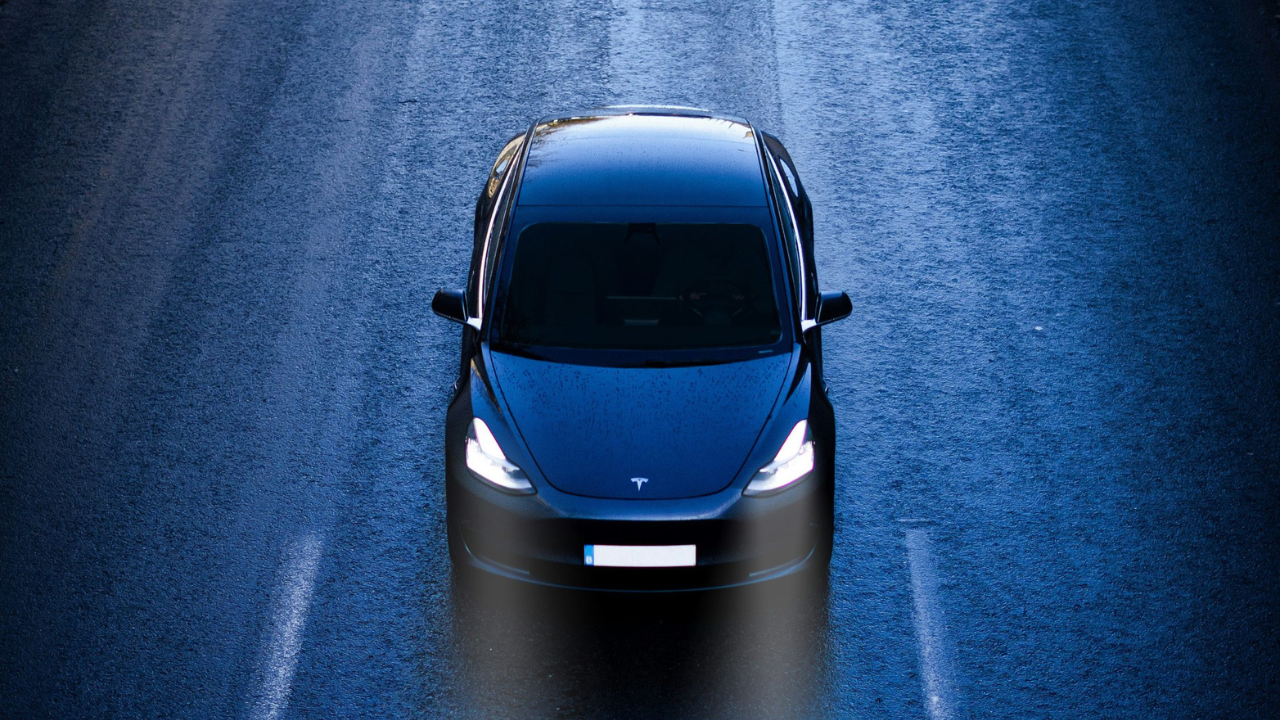Story of an electric dream
The US multinational Tesla Inc (known simply as Tesla), which has become a household name in the specialist press and beyond in recent years, thanks mainly to the figure of its charismatic and sometimes controversial CEO Elon Musk, actually has its roots in the innovative project born in San Carlos in 2003, California, by the founding engineers Martin Eberhard and Marc Tarpenning, who were the first to attempt to combine the world of sports cars with the world of electric cars, both of which were great passions of both of them.
Elon Musk’s entry and the company’s transformation
The plans of the two founders, although potentially very innovative and with excellent growth prospects, could not be adequately supported financially, and the doors were opened to new investors, including Elon Musk. Fresh from his successful experiences with the creation of PayPal and SpaceX, which had made him famous on the world stage, he contributed to Tesla’s costs in 2004 and 2005 with two financings of 7.5 and 13 million dollars respectively.
These transactions were initiated by Musk himself. They contributed to his entry into the company as majority shareholder and, from October 2008, as CEO.
From sports car to mass production
A peculiar aspect of the brand’s almost two decades of activity is the change in vehicle productivity. If in an early creative phase the engineers had concentrated on designing and producing sports cars for a small and wealthy public, with the arrival of Musk at the helm of the company, Tesla shifted to the automotive sector of large, widespread models that would be more popular with the public, with more attractive costs and lines.
From 2008 to 2012, a series of models were produced that would make the brand’s fortunes: the Model S sedan and the Model X SUV.
This change of direction was mainly encouraged by Musk himself, who has always been a promoter and supporter of the transition to renewable energies, producing and marketing electric cars at prices affordable to the average consumer.
In this sense, the key to Tesla’s success lies in the low cost of its products and their promotion to the general public.
Supercharging and autonomy: the charging revolution
Historically, electric cars have had problems with range on the road. Over the years, the company has undertaken a massive deployment of “Tesla Superchargers”, dedicated fast-charging stations for Tesla-branded vehicles. Thanks to the rapid charging provided by these stations, it is possible to charge a Model 3 to 80% in about 60 minutes.
In addition, a sensor allows real-time monitoring of the battery status in relation to changes in the outside temperature.
A Look into the Future
In conclusion, it is difficult to speculate on the future scenarios for the company, especially given the highly dynamic and volatile global markets in which it operates.
However, it is impossible to ignore the level of growth achieved by the brand in less than 20 years of activity. This, combined with a particular focus on innovation, testifies to the turnaround initiated by Musk’s leadership, which has turned his ambitious projects into a concrete and solid product on the global automotive scene.
Lorenzo Fornasieri
Read the other articles in the June 2023 issue of spaceO:
- Music & IT: The evolution of amplifiers
- Interview with our colleagues: Valerio Ruggiero
- Gaming: AI & gaming
- Innovation & Technology: OTA Technology
- Innovation & Apps: Wibo
- Fairs: We make future









